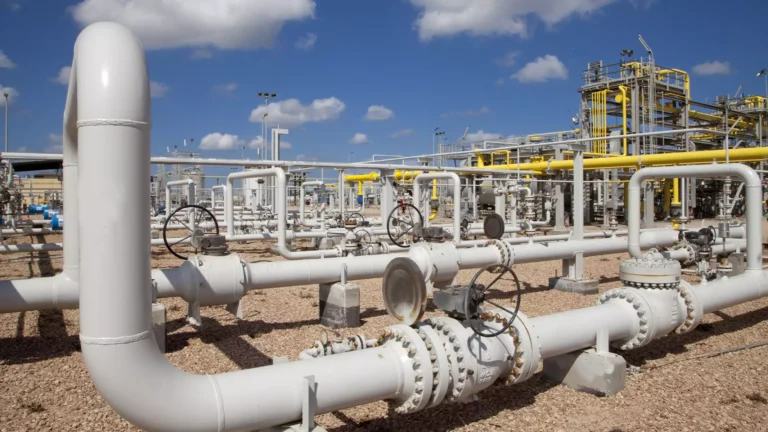Morocco intends to make natural gas a strategic lever to stimulate industrial investment and accelerate its energy transition. During a speech at the House of Representatives, the Minister of Energy Transition, Leila Benali, presented the outlines of a strategy focused on liquefied natural gas (LNG), which aims to reduce the energy bill, enhance industrial competitiveness, and create jobs.
An integrated strategy to structure the LNG market
The ongoing roadmap includes the development of a network of modern infrastructures, including regasification stations, storage units, and a network of gas pipelines. A first LNG terminal will be established at Nador West Med, with a pipeline planned to connect it to the Maghreb-Europe Gas Pipeline (GME) and ultimately serve the industrial zones of Nador, Kenitra, and Mohammedia, as well as ONEE’s power plants. This network will then be connected to other stations planned on the Atlantic and to the Africa-Morocco pipeline project.
Investments commensurate with ambitions
The cost of these infrastructures is estimated at over one billion dollars: 273 million for the Nador–GME section, 638 million for the GME–Mohammedia section, and 42.5 million for the secondary network to Kenitra and Mohammedia. To accelerate the process, a call for expressions of interest has been launched, mobilizing 11 ministries and 5 public institutions in a coordinated approach.
A legislative framework nearing completion
The ministry has also developed a draft law that will regulate the importation, distribution, and transportation of natural gas. The goal is to send a clear signal to investors by ensuring a stable, transparent, and incentivizing regulatory environment for the development of the gas sector.
By focusing on robust infrastructure and an attractive legal framework, Morocco hopes to attract new players and strengthen its energy sovereignty while reducing costs for its industry.


